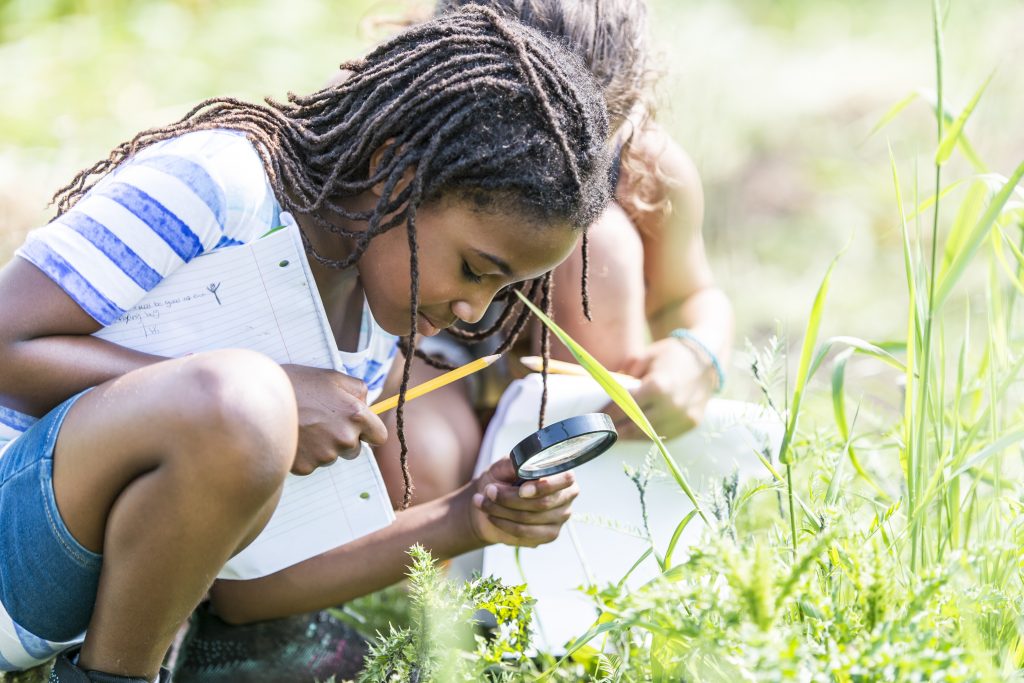Led by the National Summer Learning Association (NSLA), National Summer Learning Day is an advocacy day aimed at elevating the importance of keeping all kids learning, safe and healthy during the summer. On this day each year, the country unites in advocacy efforts and celebrations hosted by hundreds of partner organizations from libraries to parks and recreation centers and civic and non-profit groups to promote awareness of the importance of keeping kids healthy and engaged during the summer.
NSLA shares “Summer Learning Ideas at Home and in your Community.” Check out these NCTE and ReadWriteThink.org tied to these summer learning ideas.
Read at home every day.
NCTE member Jennifer Kirsch outlines “Building a Family Book Club“—an idea originally born out of the desire to expose parents to the great work their children were doing in the English classroom.
Look for free or low-cost activities near you.
Visit a museum or art gallery (either online or in person) with children and teens, helping them find inspiration for a story based on a piece of art that they particularly enjoy or relate to. Learn more in this activity from ReadWriteThink.org.
Volunteer together.
Make assignments personally meaningful, where possible. For instance, instead of simply collecting donations and depositing them at the local animal shelter, send students to the shelter to take pictures they can share, discuss, and write about using the model outlined in this article from Voices from the Middle.
Visit a library.
Libraries are magical places. Visitors can learn about far-away lands, find out how to do new things, follow the fantastic adventures of fictional and real-life heroes, and even solve mysteries and find the answers to burning questions. With a child, explore the many free programs and resources available in a local or online library to find out ways to keep active all summer long.
Plant a garden.
Which grows faster: string beans or tomatoes? How tall does a pepper plant get? When you plant a garden this summer, involve children in the process by writing down questions and observations on the garden’s growth in a summer garden journal.
Be active.
This reading and writing activity gets children outside and encourages them to explore the world around them, whether it’s in their own backyards, in the woods during hikes, or at parks or beaches. Children practice looking closely at living things in their natural environments and then make their own books about what they see.
Keep a summer journal.
Writer’s notebooks allow children and teens to take in the world around them and document their daily lives and provide an easy, informal way to start thinking about new topics and ideas. These notebooks are a great place to store favorite quotes, random facts, dreams, and ideas for the future.
Use counting skills in daily activities or errands.
As described in this activity, children will use a variety of mathematics and literacy skills as they create shopping lists to use at the store to buy their favorite treats. They will also develop problem-solving skills while they work to stay within a budget.
Get creative.
From sticks and leaves to flowers and dirt, kids love to explore the outdoors. In this activity, children examine the contents of their yards or playgrounds for materials that they can incorporate into an art project. When finished creating, they can write “artist’s statements” about their pieces and hang them up on clotheslines, fences, or porches for an outdoor art gallery walk.
What are your plans for summer learning? Post on social media and tag @ncte and #KeepKidsLearning.

